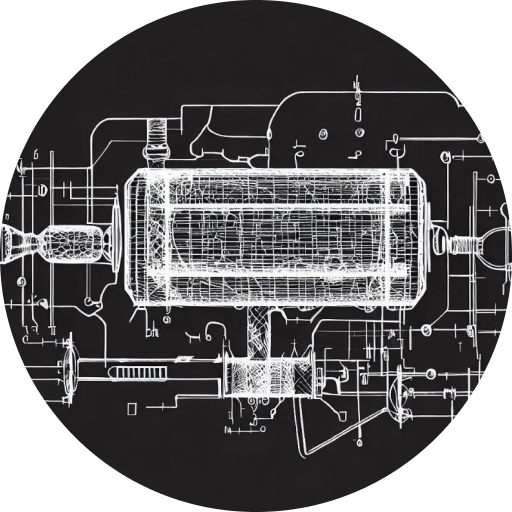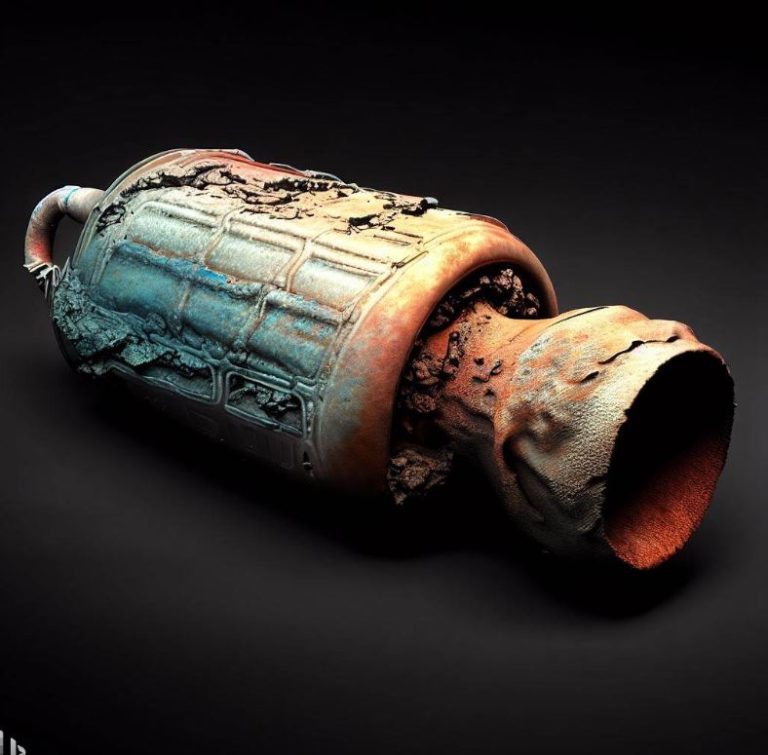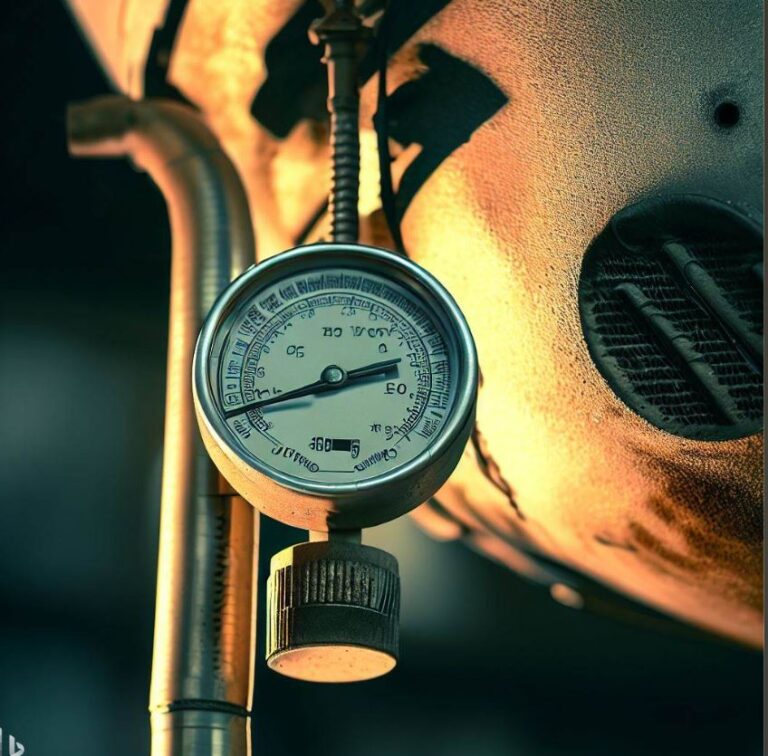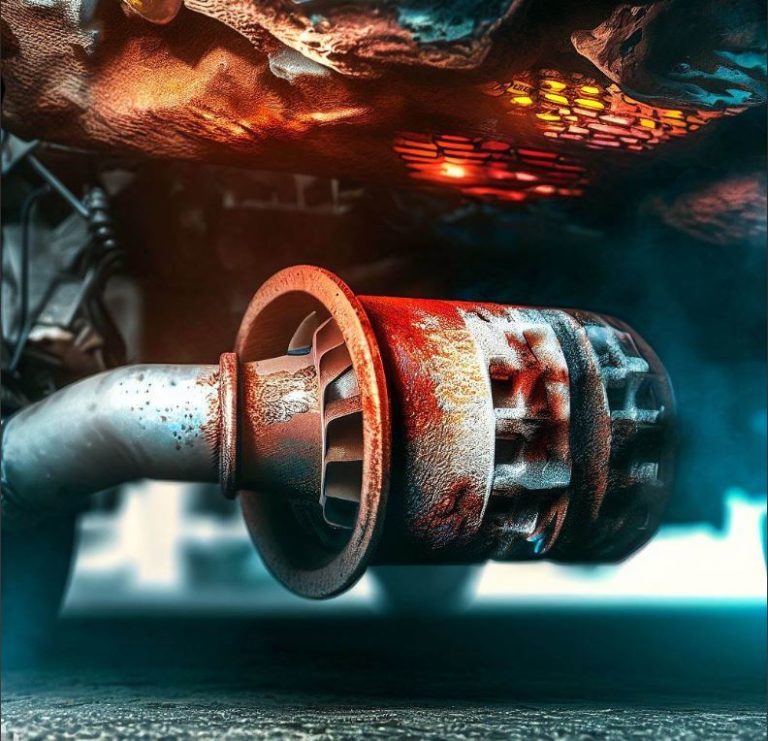How to Use Catalytic Converter Cleaner for Optimum Results
Introduction:
Maintaining a clean and efficient catalytic converter is crucial for the optimal performance of your vehicle. Over time, carbon deposits and other contaminants can build up in the converter, leading to reduced efficiency and potential issues. Using a catalytic converter cleaner can help dissolve and remove these deposits, restoring the converter’s functionality and improving fuel efficiency. In this guide, we’ll provide step-by-step instructions on how to use a catalytic converter cleaner effectively. For more detailed information on catalytic converters and related topics, visit the Catalytic System website (https://www.catalyticsystem.com).
Step 1: Gather the Necessary Tools
Before starting the cleaning process, ensure you have the required tools and materials. You will need a catalytic converter cleaner specifically designed for this purpose. Check the product label for compatibility with your vehicle and follow the manufacturer’s instructions. Additionally, have safety gloves, goggles, and a well-ventilated work area to protect yourself during the cleaning process.
Step 2: Prepare the Vehicle
Park your vehicle in a well-ventilated area or outside to allow for proper ventilation during the cleaning process. Make sure the engine is cool before proceeding. It’s also recommended to wear safety gloves and goggles to protect your hands and eyes.
Step 3: Locate the Catalytic Converter
The catalytic converter is typically located in the exhaust system, between the engine and the muffler. Refer to your vehicle’s manual or seek professional advice to determine the exact location. Once located, ensure you have clear access to the converter for the cleaning process.
Step 4: Apply the Cleaner
Follow the instructions provided by the catalytic converter cleaner manufacturer for the specific application process. Typically, this involves introducing the cleaner directly into the converter through the oxygen sensor opening or another designated access point. Use caution to avoid contact with your skin or other vehicle components. Ensure you apply the appropriate amount of cleaner as directed by the product instructions.
Step 5: Let the Cleaner Work
After applying the cleaner, allow it to work for the recommended duration specified by the manufacturer. This allows the cleaner to penetrate and dissolve the carbon deposits and contaminants inside the catalytic converter. During this time, it’s important to follow any additional instructions provided, such as idling the engine or taking a short drive to facilitate the cleaning process.
Step 6: Rinse and Test
Once the cleaning process is complete, it’s time to rinse the catalytic converter. Follow the manufacturer’s instructions for the rinsing procedure, which may involve running clean water through the converter or using a specific cleaning solution. After rinsing, allow the converter to dry completely before starting the vehicle. Once dry, start the engine and test the performance to ensure the cleaner has effectively restored the converter’s efficiency.
Conclusion
Using a catalytic converter cleaner can help maintain the optimal performance of your vehicle’s converter. By following these step-by-step instructions, you can effectively clean your catalytic converter and restore its efficiency. For more information on catalytic converters, troubleshooting, and maintenance, we recommend reading the following articles:
– “How to Detect a Stolen Catalytic Converter: Signs to Look For”
– “Identifying a Bad Catalytic Converter: Key Indicators”
Remember to visit the Catalytic System website (https://www.catalyticsystem.com) for comprehensive information on catalytic converters and related topics.
- Upgrade Your Honda Accord with the Best Catalytic Converter for Enhanced Performance - October 30, 2023
- Boost Your Chrysler 300’s Performance with a High-Quality Catalytic Converter - October 30, 2023
- Enhance Your Jeep Liberty Performance with a Catalytic Converter - October 30, 2023









